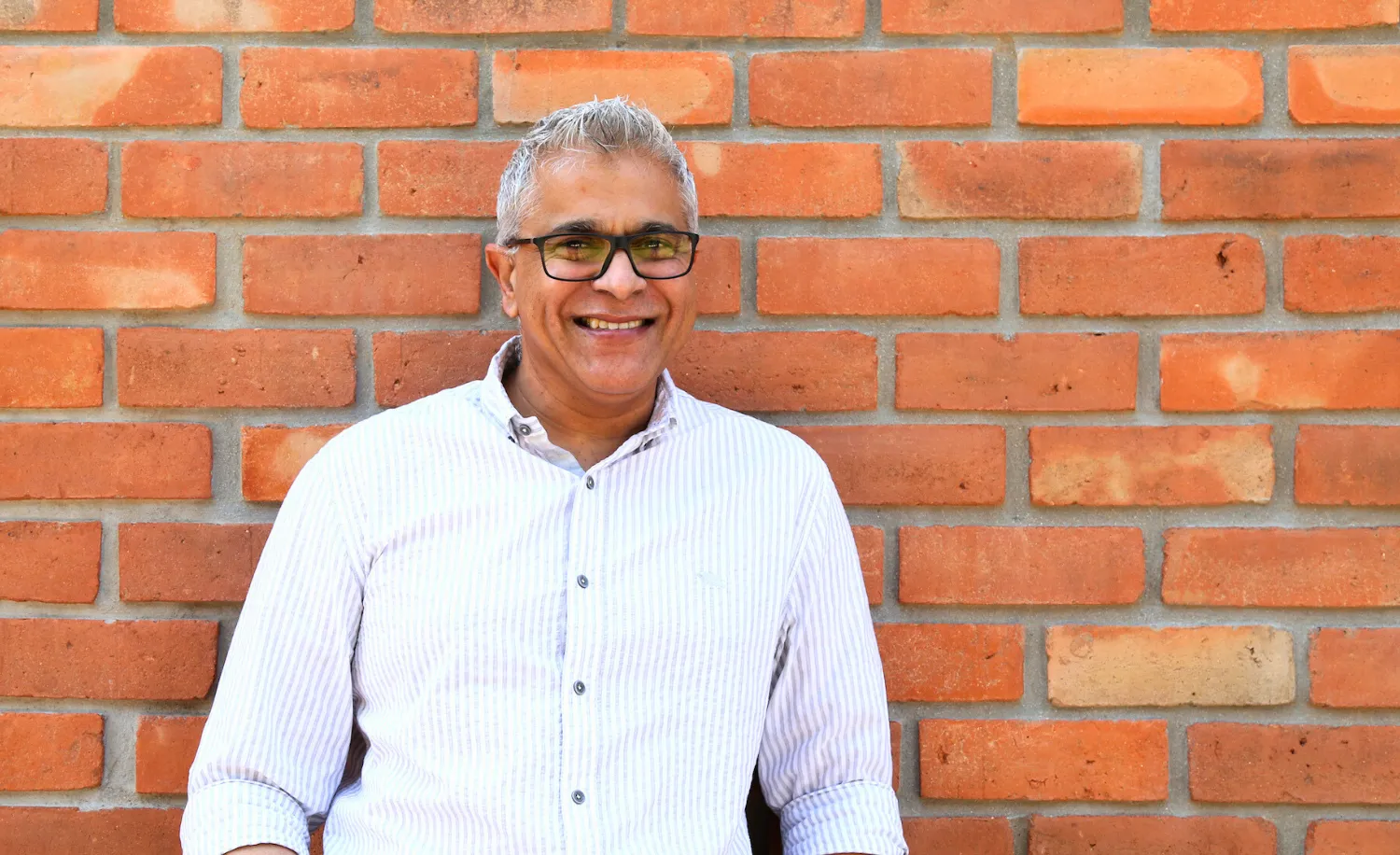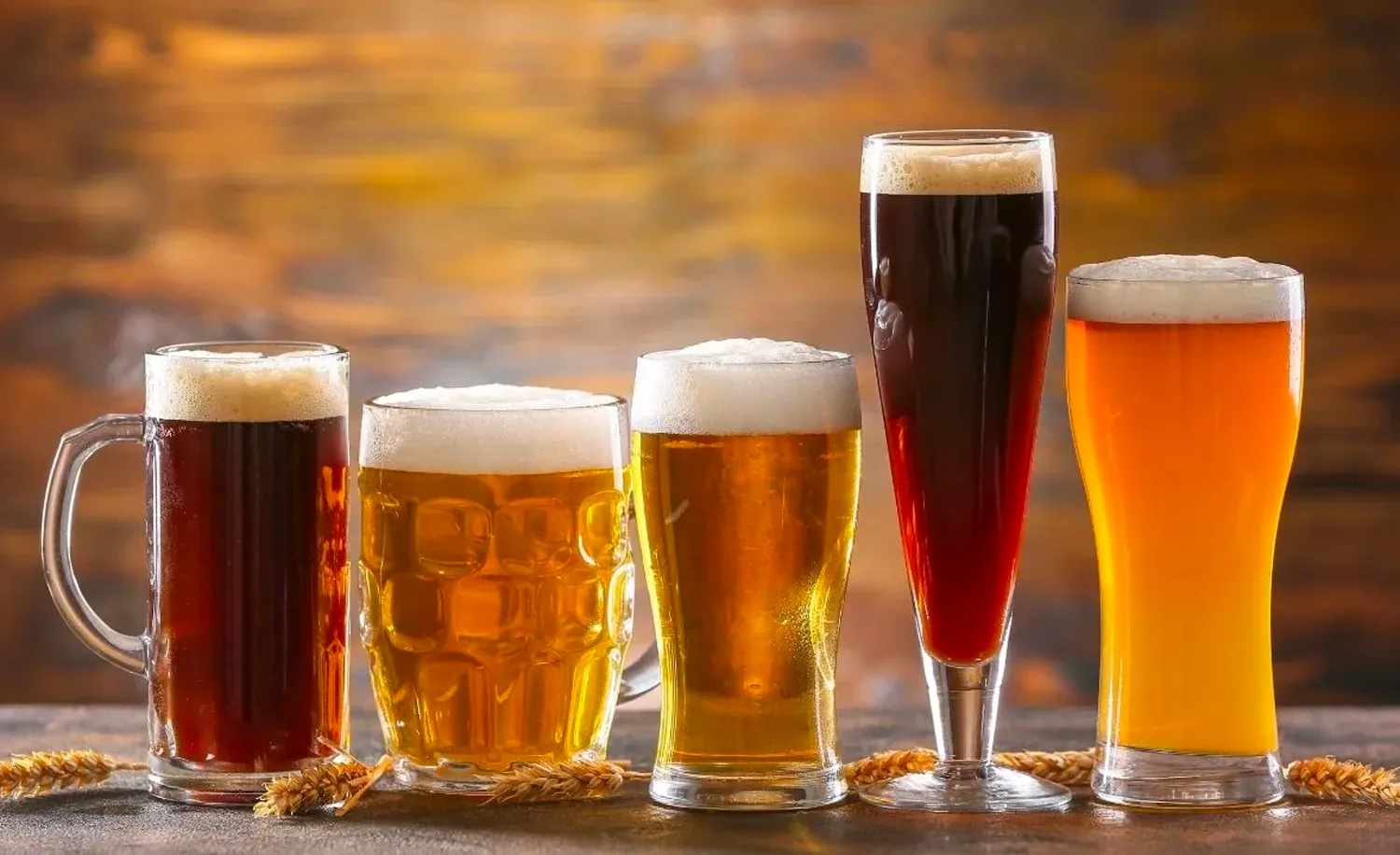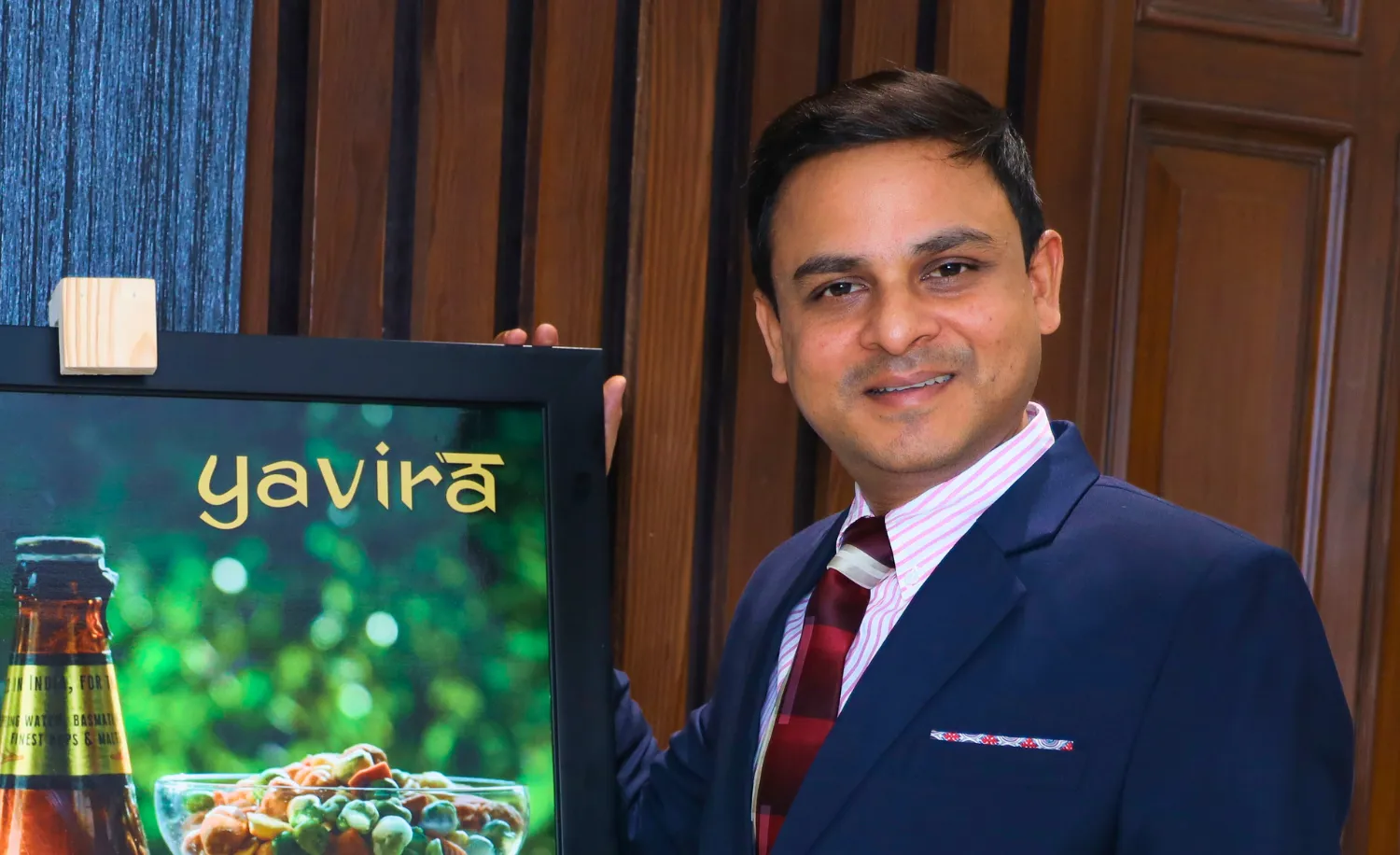Sake’s consumption up by 40 percent in India

India is the largest importer of whisky in the world. And after whisky, wine import comes in second for India among its imports of alcoholic beverages. I am confident that the import of sake will increase in India by double to triple once the FSSAI issues are sorted out, says Amit Goel, Managing Director, Rad Elan Distributors Pvt. Ltd.

Amit Goel, whose company has been importing sake and other allied alcobev products from Japan, says that since the past 3-4 years the demand for Japanese food and alcoholic beverages is growing in India.
“Japan’s unique way of production and usage of raw material is totally different from the rest of the world and also Japanese cuisine is famous for its unique approach to gastronomy; combining a world of exotic ingredients and aromatic spices to create truly inspiring dishes. Japanese cuisine is also known for being as pleasing to the eye as it is to the palate,” Amit elaborates.
Challenges for Importers
While stating that there is no shortage of Japanese alcoholic beverages in India, he concedes that there are certain challenges that importers of Japanese alcoholic beverages to India are facing. “Since their liquor is not ISO certified, we find it difficult to get NOC form FSSAI at the time of importing them. Moreover, their product labels are more focused in Japanese language, which is difficult for Indian consumers to understand,” Amit says while explaining the practical difficulties.
FSSAI Compliance Issues
He informs that issues relating to FSSAI compliance for sake shipment have not been sorted out as yet.
“FSSI has many rules & regulations to import alcoholic beverages to India. For instance, to import any alcoholic beverage here one needs to submit its chemical analysis, an area in which Japanese breweries are found lacking. This is because in Japan they don’t need any such documents. And because of this most of the time the form gets rejected by FSSAI at the time of import and then one has to give a written appeal to FSSAI to release the shipment, which is a time consuming process. We also have to approach the Japanese Embassy as the shipper to mail FSSAI to release the stock,” the entrepreneur narrates his series of challenges towards sake imports.
A Drink full of Health
He rightly thinks that many people in metro cities of today’s India do not see sake as a drink only for the affluent. In fact, out of 18 states that he covers as a distributor, Japanese sake is garnering praise in eight. “If only people knew how beneficial sake is for the skin, the number would have been 18/18,” he says with confidence. “It is so because sake is full of antioxidants and its nutritional value is quite high. Added to that, it controls high blood pressure, facilitates digestion and has low calorie content. It might surprise one to know that the possibility of sake drinkers to have cancer is lesser than that of those who don’t,” he elaborates further.
Product Awareness and Trade
He goes on to point out that more product awareness is needed in order to make this drink more popular in the Indian market. “We are onto building a market for sake in tier -II and tier-III cities of India with better marketing, more training and more tastings and this drink will also capture its potential Indian market in no time,” he airs while adding, “A drink like sake only waits for a good introduction and it is your favourite from then on.”
He informs that sake is a light and refreshing drink and opines that the choice of venue and occasion for drinking sake totally depends on the people who like to drink it. “When it comes to metro cities like Mumbai and Delhi, one will find sake listed in all the top tier venues which have multiple cuisines. It would be wrong to say that the consumption of sake in India is restricted to Japanese restaurants,” Amit articulates.
If one tries to compare between on trade and off trade, the on-trade sale of sakes in India is far better than off-trade, he informs. “This is because with the emergence of Japanese restaurants in the country. They are very specific about keeping sake in their alcohol menu,” points out the distributor while adding that muliti-cuisine restaurants are also keeping sake in their menu in order to get repeat customers. According to him, in terms of numbers, on-trade sale of sake in India is 75 percent while 25 percent of sake sales in India is accounted by off trade.
Sake Wave is Here
Amit shares that sake wave is prominent in India and has takers across cities, taking the sake’s consumption in India up by 40 percent when compared to that of the year 2020.
“It is showing an upswing in the metro cities like Delhi, Mumbai, Bengaluru and Chennai. Popular sake brands that are being imported by us include among others Born Gold; Hakushika Diaginjo; Hakushika Junmai Taru Sake and HakushikaNmachozoshu sake.
He says th e Embassy of Japan in India has filed an application seeking Geographical Indication (GI) for sake and once it is granted, it will give a big impetus to this beautiful drink from the land of the rising Sun.









1 Comment
Hi is there anyway you are able to share how much sake India imports in terms of volume